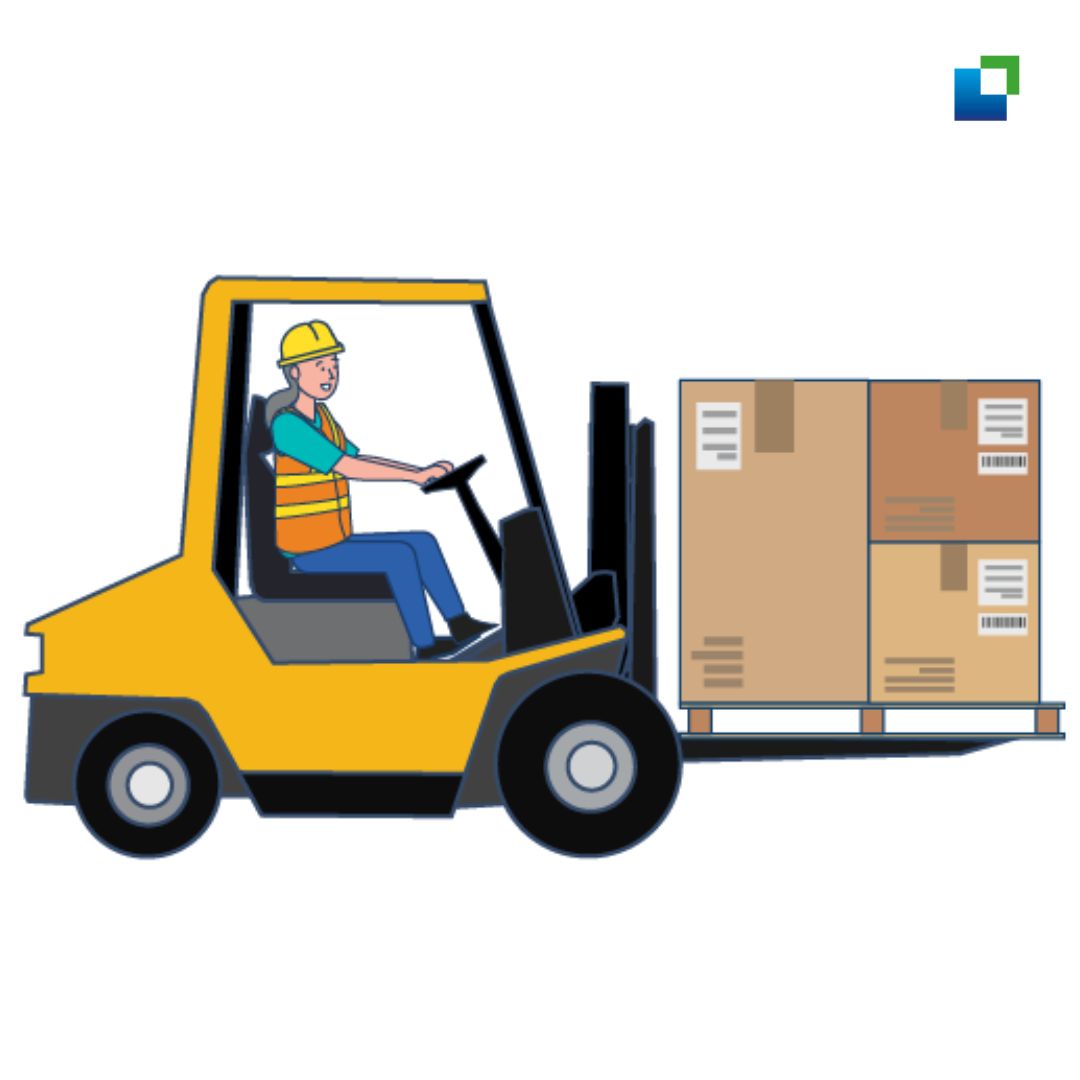The world of logistics is all about different activities related to movement of goods from one place to another: booking of shipments, transportation, storage, picking and packing, distribution, shipping and delivery.
One of the important roles in a logistics facility such as a warehouse or a distribution centre is that of a picker. But what do pickers do? Read on to find out!
Role of a Picker
Pickers help in dispatching goods from the warehouse storage to the customers. They have a deep understanding of the warehouse’s layout so they are able to easily navigate the warehouse to find the right aisle. They read incoming orders, pick items from their respective shelves and get them to a truck or shipping container on time. Moreover, they operate forklifts and other heavy machinery, update inventory and keep accounts of the number of goods. Pickers also maintain the machines they use and perform repairs. Quality assurance and goods inspection also come under their job profile.
A Day in the Life of a Picker
As logistics answers to increasing demand, it also supports the e-commerce industry which is witnessing exponential and unprecedented growth. With all this action in the foreground, the industry deals with a widening skill gap and shrinking labour availability.
This is understandable as automation and AI will continue to make employee skills obsolete, creating a deficit in employee proficiencies. Again, this is true across sectors.
As the landscape evolves minute by minute, if teams are not prepared to learn on-the-go and anticipate challenges, then businesses stand to lose on many fronts. A member survey from Association for Talent Development (ATD) reveals how lower efficiency tops the list of business impacts of the skills gap, followed by missed opportunities for the organisation.

